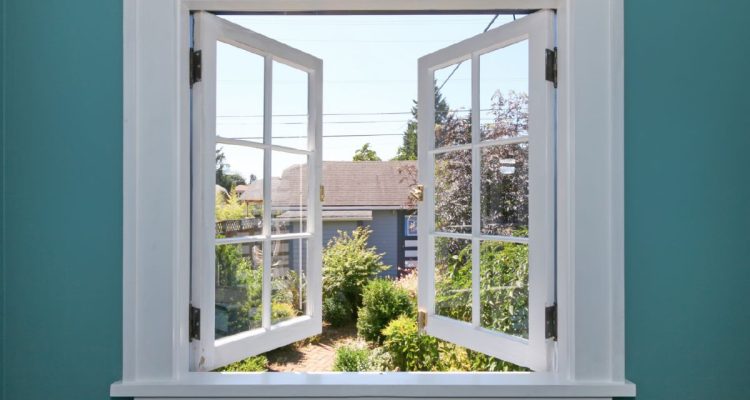Comprised of the architectural moldings that frame doorways, windows and other openings, architraves have been a building design mainstay for centuries. They are enjoying a renaissance as designers and architects reinterpret traditional elements, including various architrave types, in light of contemporary tastemakers. The fusion produces equally unique and fabulous interiors that pay homage to the past while stepping forward.
Embracing Minimalism with Clean Lines
Modern architrave design has abandoned lots of the ornate types used Traditionally and it is currently much a minimalist undertaking. In the past, architraves would have been highly elaborate with carvings and details in high relief; these days most designers favor a lighter touch that features clean lines across flat and simple surfaces. It is intentional, and also serves to make the room look clean and more opened airily.
Mixing Materials for a Unique Touch
One other growing pattern that may be derived from the architrave design is combining totally different supplies. Wood may be the preferred option, but high-end designers are exercising their creativity by using materials such as metal (copper), glass and even concrete! Mixing materials – like wooden architraves with metal inlays for an industrial feel or glass inserts for a light, modern twist.
Bold Colors and Finishes
Instead of the standard white or wood architraves, modern styles are embracing bright shades and sheens. Contemporary interiors are embracing deep blues, rich greens and even metallic shades of golds or silvers. A pop of color with one or two bold architraves can make a statement, giving the room some great character and visual appeal.
Green Options for Sustainability
Sustainability is emerging as a major design concern, and thus sustainable architrave solutions are becoming more sought after. Eco-friendly designs using reclaimed wood, bamboo or other sustainable materials These materials not only lessen the footprint on our planet but also offer a story about them that is used in each room.
Integrating Smart Technology
This includes the integration of smart tech into home design, architraves too. LED lights are now being integrated into architrave moldings by designers for decorative and utilitarian purposes. Whether called upon to reveal architectural qualities, provide task light or set a mood via smart home systems. The result raises not only the aesthetic appeal of technology and design combined but also turns into a more functional space.
The range between the two archatrave designs reflects a more general premise in contemporary interior design: for an ideal space to be created, there must sometimes be a merging of persistence and evolution. Designers are experimenting with materials, embracing minimalism and limiting ornamentation on architraves.


